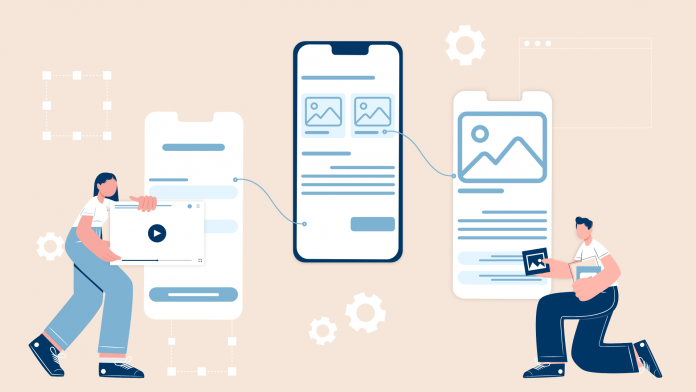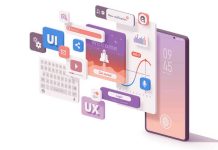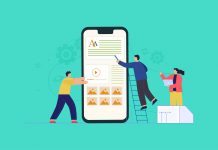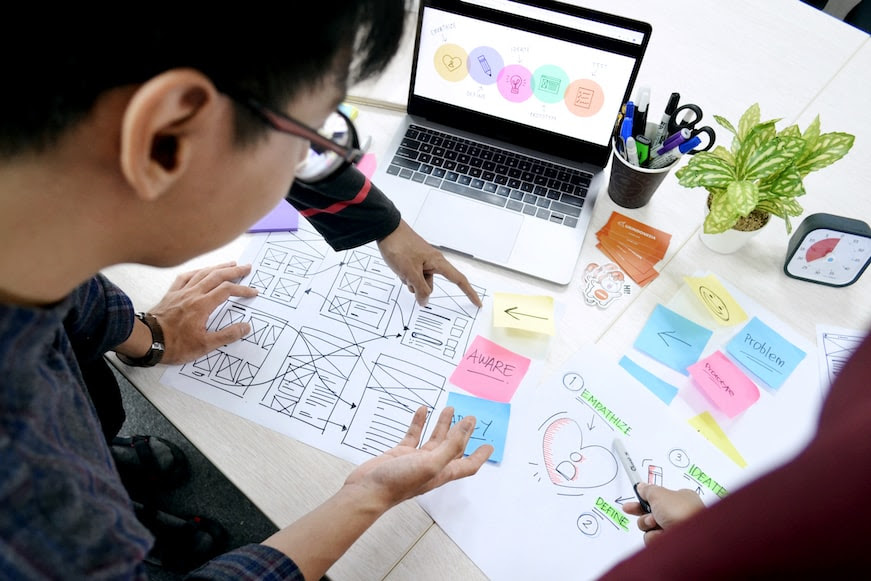Welcome to the guide on how to develop a simple app! In today’s digital age, creating applications has become an essential skill, allowing you to bring your ideas to life and provide value to users around the world. This guide will walk you through the process of developing a straightforward app, from the initial concept to the final deployment.
What is a Simple App?
Before we dive into the development process of how to develop a simple app, let’s clarify what we mean by a “simple app.” A simple app is typically characterized by its uncomplicated functionality, minimalistic design, and focused purpose. It serves a specific need or solves a particular problem without overwhelming users with complex features.
While “simple” may imply a lack of sophistication, it’s important to note that simplicity is a deliberate design choice aimed at enhancing user experience. Simple apps often excel in usability, clarity, and efficiency, making them valuable tools for achieving specific tasks without unnecessary distractions.
How to Develop a Simple App: Key Tips
1. Ideation and Planning
In the ideation and planning phase of how to develop a simple app, you’ll lay the groundwork for your project by defining the app idea, identifying the target audience, sketching the app design, and outlining its features and functionality. This phase is crucial as it forms the blueprint for your app’s development journey.
A. Defining the App Idea
Every successful app begins with a clear and compelling idea. Start by brainstorming and identifying a specific problem or need that your app can address. Consider the challenges users face and how your app can provide a solution. Your app idea should be concise and focused, making it easier to communicate and execute.
Ask yourself:
- What problem does my app solve?
- What value does my app provide to users?
- Is there a gap in the market that my app can fill?
- How does my app stand out from existing solutions?
Write down your app idea in a few sentences. This will serve as your guiding vision throughout the development process.
Ready to explore the best mobile app ideas? Dive into our article for innovative inspiration and potential app development opportunities!
B. Identifying the Target Audience
Understanding your target audience is essential for creating an app that resonates with users. Identify the demographic characteristics, preferences, and behaviors of the individuals who will benefit most from your app. Consider factors such as age, gender, location, interests, and tech-savviness.
Research your target audience to gain insights into their needs and preferences. This will help you tailor your app’s design and features to meet their expectations.
C. Sketching the App Design
Visualize the user interface (UI) and layout of your app by sketching rough drafts on paper or using digital design tools. Focus on creating a simple and intuitive design that aligns with your app’s purpose. Keep in mind that a clean and organized UI enhances user experience.
Sketch the main screens of your app, including the home screen, navigation menus, and key interactive elements. This step provides a visual representation of how users will interact with your app.
New to the design world? Our mobile app design agency can help you transform your ideas into engaging designs.
D. Outlining App Features and Functionality
Determine how to develop a simple app with core features that enhance user experience. Prioritize simplicity to avoid overwhelming users and streamline development. Choose functionality that directly addresses the identified problem.
Create a list of essential features and prioritize them based on their importance. Consider how these features will work together to fulfill the app’s purpose. As you outline features, think about user flow, interactions, and any data processing required.
Discover the Must-Have Features in a Mobile App! Read our insightful article for insights into creating a user-friendly and engaging app.
2. Setting Up the Development Environment
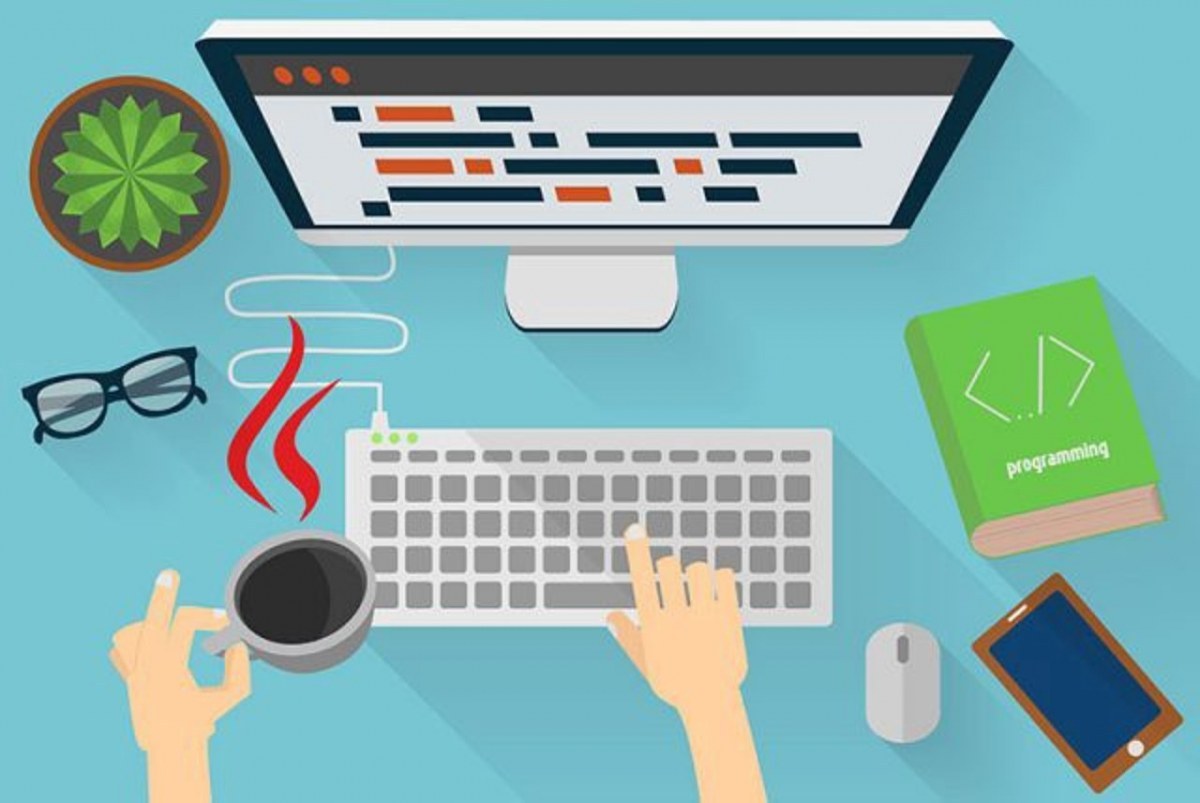
Setting up the development environment is a crucial step in how to develop a simple app. It involves selecting the right programming language, choosing a suitable development platform, and installing the necessary software and integrated development environment (IDE) to bring your app idea to life.
A. Choosing a Programming Language
The choice of programming language depends on the type of app you’re developing and your personal expertise. Here are a few popular programming languages for app development:
- Java: Widely used for Android app development, Java offers robust support and a large developer community.
- Swift: Developed by Apple, Swift is the primary language for building iOS and macOS apps. It’s known for its performance and safety features.
- JavaScript: Used for web development, JavaScript is essential for creating interactive and dynamic user interfaces.
- Python: Known for its simplicity and readability, Python is versatile and can be used for both web and mobile app development.
- Kotlin: An alternative to Java for Android app development, Kotlin offers concise syntax and improved safety features.
Select a programming language that aligns with your app’s target platform and your familiarity with the language.
Related Article: Top Front-End Development Programming Languages
B. Selecting a Development Platform (Mobile/Web)
Choose the appropriate development platform based on whether you’re building a mobile app or a web app.
- Mobile App: If you’re developing a mobile app, you’ll need to choose between iOS (Apple) and Android (Google) platforms. Consider your target audience and market share when making this decision.
According to Statista’s global survey of software developers, Android held the lead in the development market in 2021, with 87% of respondents showing a preference for Android development. Meanwhile, the Apple iOS system ranked as the second most favored OS for software development, with 60 percent of respondents indicating their preference.
- Web App: For web apps, you’ll be working with web technologies such as HTML, CSS, and JavaScript. Web apps are accessible through web browsers on various devices.
Ready to bring your digital vision to life? Contact us today and let our expert web development company turn your ideas into a stunning reality!
C. Installing the Necessary Software and IDE
To start coding your app, you’ll need a suitable integrated development environment (IDE) and relevant software tools. Here’s a general guideline for installation:
- IDE: Download and install an IDE that supports your chosen programming language and platform. For example, Android Studio is commonly used for Android app development, while Xcode is the IDE for iOS app development.
- Text Editors: If you prefer a lightweight option, consider using a text editor like Visual Studio Code or Sublime Text for web app development.
- SDKs and Libraries: Install the necessary software development kits (SDKs) and libraries associated with your chosen programming language and platform. These tools provide pre-built functions and components to streamline development.
- Emulators/Simulators: Set up emulators or simulators for testing your app during development. These tools simulate the app’s behavior on different devices and platforms.
- Version Control: Use version control systems like Git to track changes in your codebase and collaborate with team members effectively.
3. Building the App
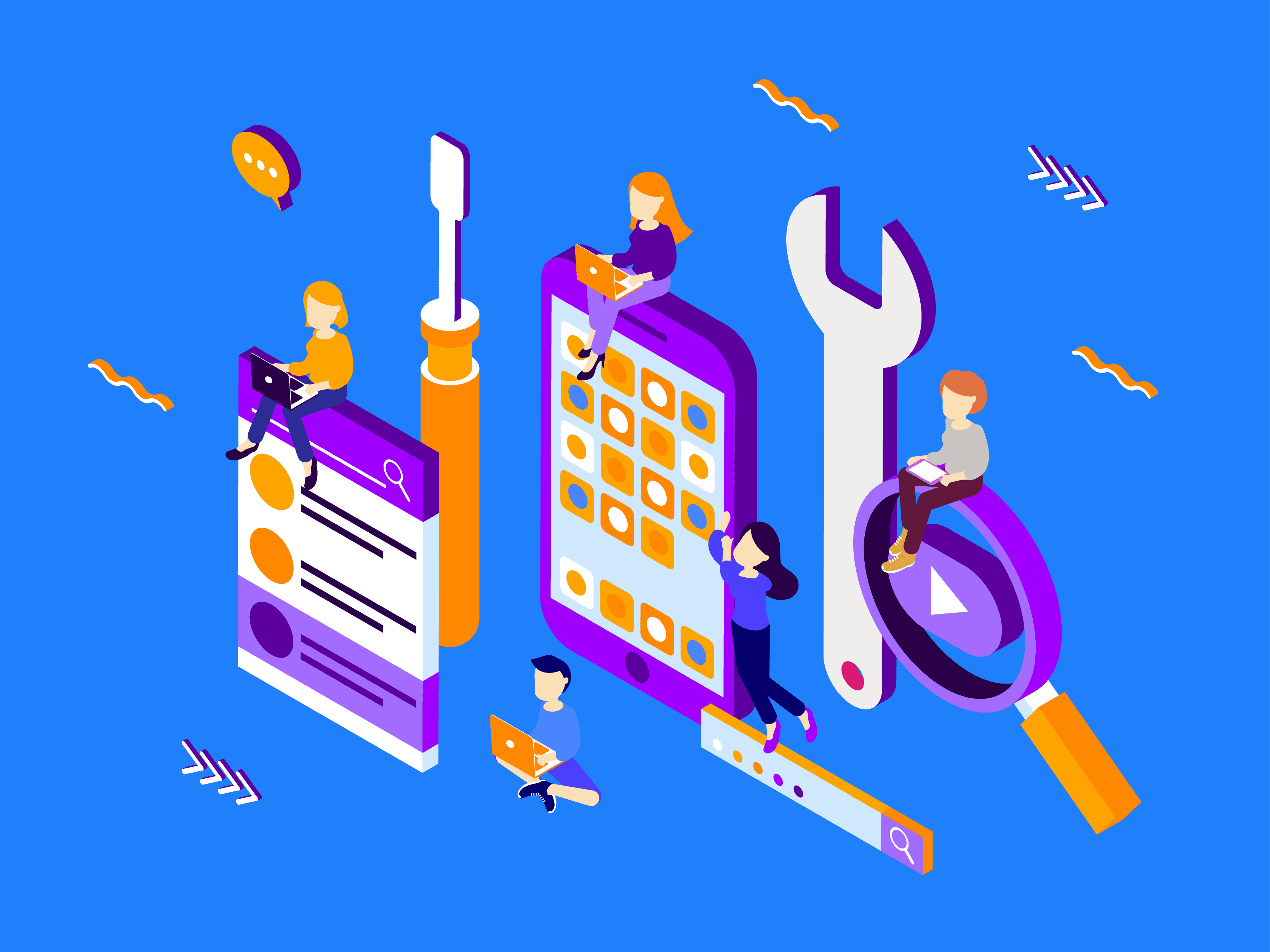
The development phase is how to develop a simple app where your idea takes shape, turning into functional code. You’ll create UI, implement app logic, handle interactions, process data, and integrate services.
A. Creating the User Interface (UI)
The user interface is the visual and interactive aspect of your app that users will engage with. It’s important to create a clean, intuitive, and aesthetically pleasing UI to ensure a positive user experience.
Discover the essentials of UI/UX design! Dive into our insightful article and uncover the secrets to creating exceptional user experiences. Read now!
B. Designing Screens and Layouts
Design the various screens and layouts of your app based on the sketches you created earlier. Use design tools or UI frameworks to structure your app’s interface. Pay attention to color schemes, typography, and spacing to ensure a visually appealing design.
Key steps in designing screens and layouts:
- Create wireframes or mockups for each screen.
- Arrange UI elements logically and consistently.
- Ensure responsive design to accommodate different device sizes.
C. Adding Interactive Elements
Enhance user engagement by adding interactive elements such as buttons, input fields, navigation menus, and gestures (for mobile apps). Implement smooth transitions and animations to make the app feel dynamic and responsive.
Focus on creating a user-friendly interface that guides users through the app’s features and functionality with ease.
D. Implementing App Logic
App logic refers to the underlying code that controls how the app behaves and responds to user interactions. This includes handling user input, processing data, and connecting various components.
E. Handling User Input
Write code to capture and process user input from the UI elements. For example, if your app has a search feature, you’ll need to capture the user’s search query and trigger the appropriate actions.
F. Data Processing and Manipulation
Implement the necessary algorithms and functions to process and manipulate data. This could involve calculations, sorting, filtering, or transforming data based on user actions.
G. Integrating APIs (if applicable)
If your app needs to fetch or send data to external services, you’ll need to integrate Application Programming Interfaces (APIs). APIs allow your app to communicate with external servers or services to retrieve information or perform specific actions.
Steps for integrating APIs:
- Research and select appropriate APIs for your app’s needs.
- Obtain API keys or authentication credentials.
- Write code to make API requests and handle responses.
Discover the timeline of app development. Dive into our comprehensive article on ‘How Long Does App Development Take?’ and gain insights into the process. Read now!
4. Testing and Debugging
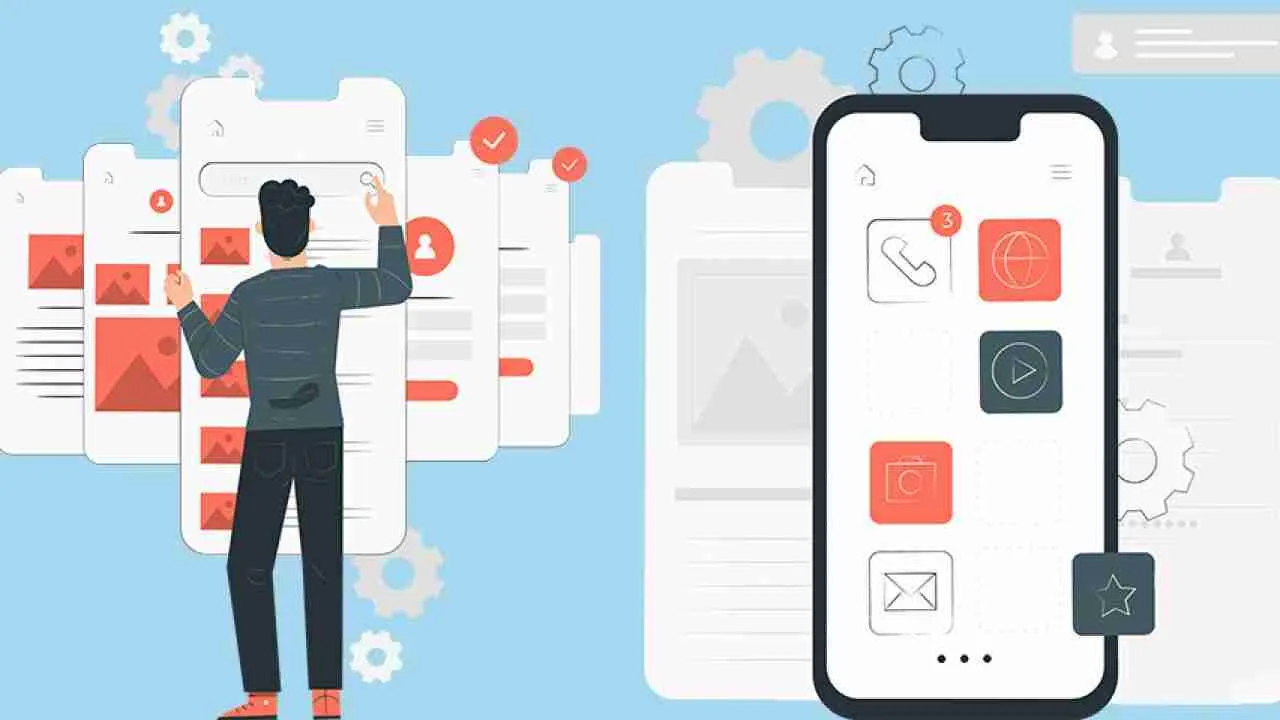
Thorough testing and effective debugging are essential to ensure that your app “how to develop a simple app” functions correctly, delivers a seamless user experience, and remains stable under various scenarios. This phase focuses on identifying and rectifying any issues that may arise during the app’s usage.
A. Types of Testing (Unit, Integration, User Acceptance)
Different types of testing help ensure the quality and reliability of your app:
- Unit Testing: Test individual components or functions of your app in isolation. This helps catch errors early and ensures that each part of your app works as intended.
- Integration Testing: Verify that different components of your app work together seamlessly. This is particularly important if your app relies on various interconnected features.
- User Acceptance Testing (UAT): Involve real users in testing your app to ensure it meets their expectations and performs as desired in real-world scenarios.
B. Manual Testing
Manual testing involves manually executing test cases and interacting with your app to identify issues. This approach is essential for evaluating user experience, navigation, and other subjective aspects of your app. Manual testing also helps discover unexpected bugs that automated tests might miss.
To conduct manual testing:
- Create a test plan outlining scenarios to test.
- Perform actions as a user would and note any discrepancies or errors.
- Document the steps to reproduce issues and provide detailed feedback.
C. Automated Testing Tools
Automated testing tools are invaluable for running repetitive and systematic tests, helping catch bugs quickly and efficiently. These tools simulate user interactions, perform checks, and compare actual outcomes against expected results.
Common types of automated testing include:
- Functional Testing: Validates that the app’s features and functions work correctly.
- Regression Testing: Ensures new changes haven’t introduced new bugs while fixing existing ones.
- Performance Testing: Evaluate how the app performs under different load conditions.
Examples of popular automated testing frameworks include Selenium (for web apps), Espresso (for Android), and XCTest (for iOS).
D. Identifying and Fixing Bugs
Bugs are inevitable in software development. When you identify a bug, follow these steps to fix it:
- Reproduce the Bug: Make sure you can consistently recreate the issue.
- Isolate the Cause: Use debugging tools and techniques to narrow down the source of the bug.
- Implement a Fix: Update your code to resolve the issue, and be cautious not to introduce new problems.
- Test the Fix: Verify that the bug is indeed resolved and that the fix hasn’t caused other issues.
- Document the Fix: Keep a record of the bug report, the steps you took to fix it, and the test results.
- Continuous Testing: Regularly run tests to ensure the bug remains fixed as you continue developing the app.
Bonus Article: Web vs Mobile App Development
5. Deployment
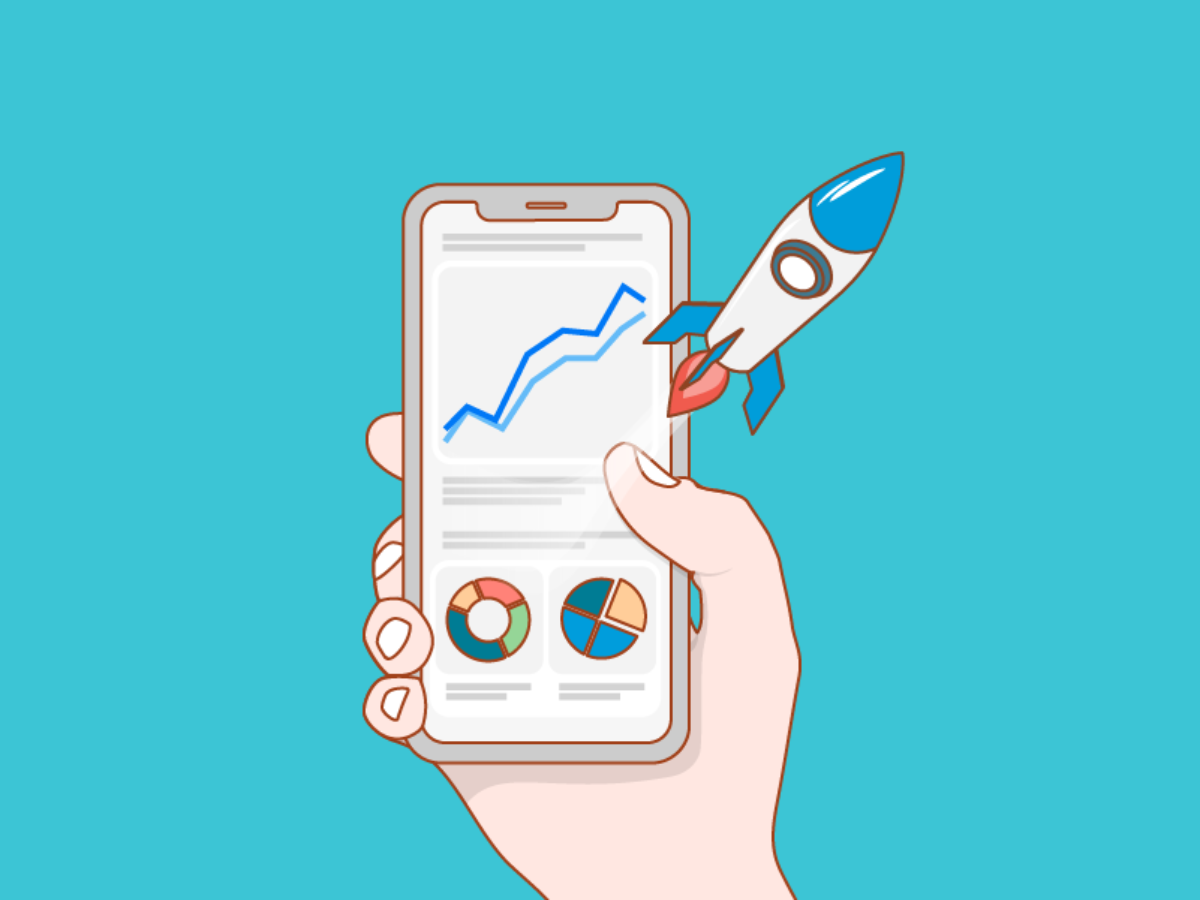
Once you’ve built, tested, and polished your app using our guide on how to develop a simple app, it’s time to make it accessible to your target audience. Deployment involves getting your app into the hands of users by choosing the right hosting or deployment option, configuring servers (for web apps), and publishing it to app stores (for mobile apps).
A. Choosing a Hosting/Deployment Option
Selecting the right hosting or deployment option depends on the type of app you’ve developed:
- Web Apps: For web applications, you can choose from various hosting providers such as AWS (Amazon Web Services), Heroku, Firebase, or shared hosting services. Consider factors like scalability, server resources, and support when making your choice.
- Mobile Apps: Mobile apps are typically distributed through app stores (Apple App Store for iOS and Google Play Store for Android). However, you can also explore alternatives like enterprise distribution or beta testing platforms.
B. Configuring Servers (Web Apps)
For web apps, proper server configuration is crucial to ensure smooth performance and reliability. Consider the following:
- Scalability: Plan for future growth by choosing a hosting option that allows easy scaling as your user base increases.
- Security: Implement security measures such as SSL certificates, firewall settings, and regular updates to protect user data and app functionality.
- Database Management: If your app relies on a database, configure and optimize it for efficient data storage and retrieval.
Discover the top mobile app databases for seamless performance. Read our article and elevate your app development game today!
- Backups and Monitoring: Set up automated backups and monitoring to ensure data integrity and promptly address any server-related issues.
C. Publishing to App Stores (Mobile Apps)
Publishing your mobile app to app stores gives you access to a vast user base. Here’s how to go about it:
- Apple App Store (iOS):
- Create an Apple Developer account.
- Prepare your app for submission by ensuring it adheres to Apple’s guidelines and policies.
- Generate and configure app icons, screenshots, and promotional materials.
- Submit your app through Xcode or the App Store Connect website for review.
- Await approval, and once approved, your app will be available on the App Store.
- Google Play Store (Android):
- Set up a Google Play Console account.
- Prepare your app by complying with Google’s policies and guidelines.
- Create and upload app icons, screenshots, and descriptions.
- Complete the store listing details and configure pricing and distribution options.
- Submit your app for review, and upon approval, it will be published on the Google Play Store.
Ready to boost your app’s success? Dive into our comprehensive guide on how to market an app and maximize your reach. Read now for actionable insights!
6. Post-Development Steps
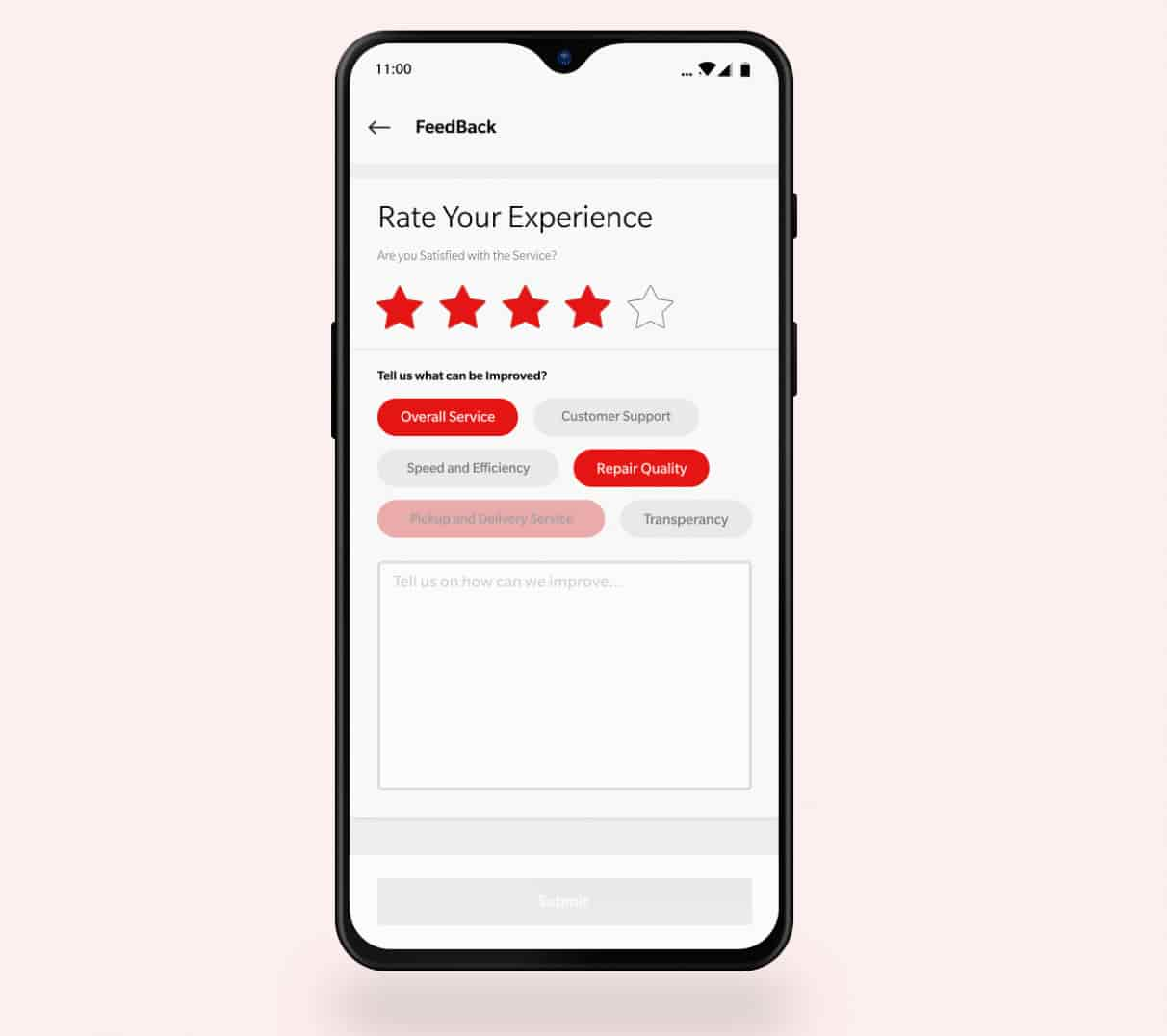
Congratulations on successfully deploying your app! However, the journey of how to develop a simple app doesn’t end here. The post-development phase is crucial for maintaining and improving your app’s quality, addressing user needs, and staying competitive in the dynamic app landscape.
A. User Feedback and Iteration
Listening to user feedback is essential for making your app even better. Encourage users to provide feedback through in-app surveys, ratings, and reviews. Pay attention to their suggestions, criticisms, and feature requests. Use this feedback to drive iterative improvements and updates to your app.
Key steps in user feedback and iteration:
- Analyze Feedback: Collect and analyze user feedback to identify recurring issues or suggestions.
- Prioritize Changes: Based on user feedback and business goals, prioritize which features or enhancements to work on first.
- Iterative Development: Implement changes, new features, or improvements in regular updates to the app.
- Beta Testing: Consider using beta testing to gather feedback from a subset of users before rolling out updates to the wider audience.
B. Monitoring and Analytics
Monitoring app performance and user behavior provides valuable insights into how your app is being used and where improvements can be made. Analytics tools help you track user interactions, app usage, and performance metrics.
Key aspects of monitoring and analytics:
- User Engagement: Monitor user engagement metrics, such as session duration, screen views, and conversion rates.
- Crash Reporting: Keep track of app crashes and errors to quickly identify and fix issues that affect user experience.
- Usage Patterns: Analyze how users navigate through your app, which features they use most, and where they might encounter challenges.
- Performance Metrics: Monitor app load times, response times, and other performance metrics to ensure optimal user experience.
C. Regular Updates and Maintenance
Apps require ongoing attention to remain relevant, secure, and functional. Regular updates and maintenance are essential for addressing bugs, adding new features, and keeping up with changes in technology and user expectations.
Maintenance tasks to consider:
- Bug Fixes: Continuously address and resolve bugs or issues reported by users or detected through monitoring.
- Security Updates: Keep the app secure by applying security patches and updates to libraries and dependencies.
- Platform Updates: Stay current with platform updates (operating systems, app store requirements, etc.) to ensure compatibility and compliance.
- Feature Enhancements: Incorporate new features or improvements based on user feedback and market trends.
Related Article: Cost of Developing an App in Singapore
Conclusion
Congratulations on completing the journey of developing a simple app! From ideation to deployment and beyond, you’ve navigated through various stages to bring your app idea to life. This guide on how to develop a simple app has provided you with a comprehensive roadmap for creating an app that is functional, user-friendly, and valuable to your target audience.
Remember that app development is a dynamic process that involves ongoing learning and adaptation. As you continue to develop your skills and create new apps, keep refining your approach based on the insights gained from each project.
Whether your simple app is a utility, a productivity tool, or a source of entertainment, the experience you’ve gained from this journey can serve as a solid foundation for future endeavors. Embrace the challenges, enjoy the creative process, and always strive to provide meaningful solutions that enhance the lives of your users.
Unlock the potential of your mobile app idea with our top-rated mobile app development agency in Singapore. Transform concepts into reality. Contact us today!

